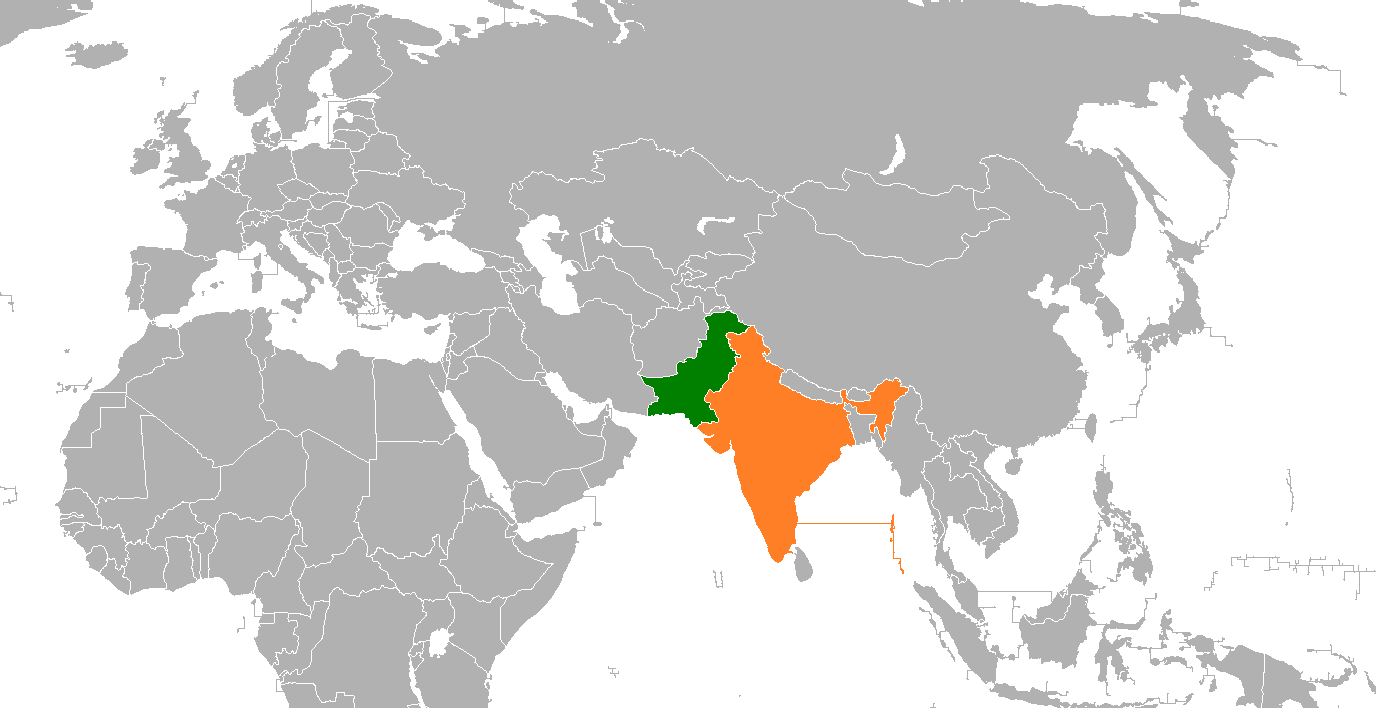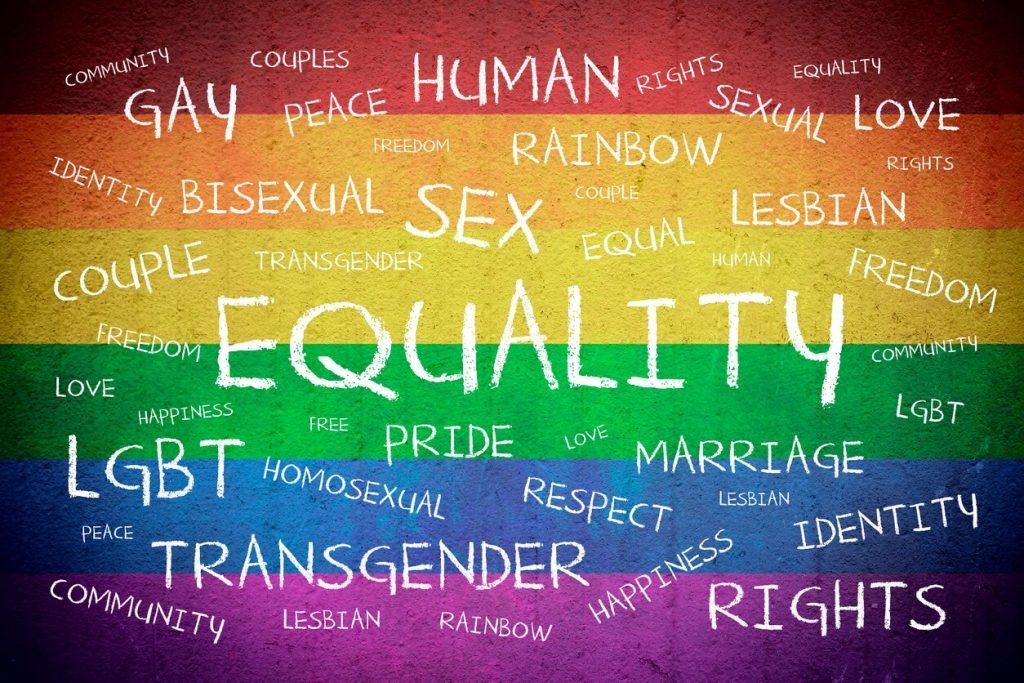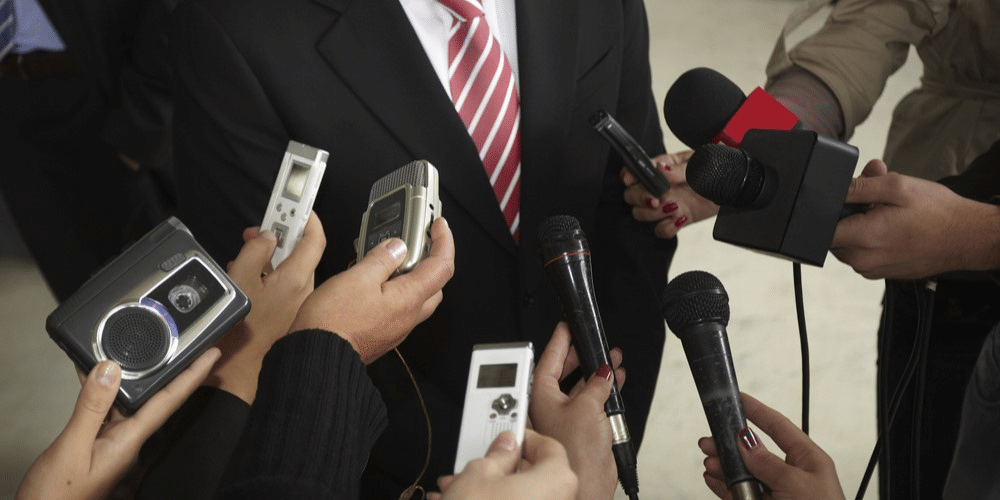
Who Is Imran Khan? And Why He Is Famous
Imran Khan is one of the most influential personalities in Pakistan. He is well-known for his achievements in three major fields, including international cricket, philanthropy, and politics. He has transformed his public image from a sports hero to a national leader over the decades. His journey is unique, inspiring, and deeply connected to the modern history of Pakistan. If you want to explore more about Imran Khan, continue reading this crucial article for more insights! Early Life and Education Imran Ahmed Khan Niazi was born in Lahore, Pakistan, on October 5, 1952. His family belongs to Mianwali, and he has a Pashtun background. As a child, he loved sports a lot, especially cricket. He studied in Lahore first and later went to a famous college named Aitchison College in Pakistan. He moved to the United Kingdom for higher studies and studied at the Royal Grammar School in Worcester, and then attended Keble College at Oxford University. This is where he earned a degree in Philosophy, Politics, and Economics. Studying abroad helped him see the world in a broader way while increasing his knowledge to the brim. It gave him confidence and great leadership skills, which later were useful in his career as a national leader. A Glimpse Into Imran Khan’s Cricket Career Talking about Imran Khan’s career, he first gained popularity as a cricket player. He joined the Pakistan national cricket team in 1971 at the age of 18. He faced so many problems in the beginning and didn’t perform well, but he never gave up on his dreams. With strong discipline and hard work, he slowly became one of the world’s best players. He was a fast bowler and could also bat as well. He was recognised for his fitness, energy, and smart thinking on the field. It didn’t take him long to become the captain of the Pakistan cricket team. Adding more to all of this, he always encouraged his teammates and taught them to strongly believe in themselves. Adding more to this, the greatest moment of his life came in 1992 when he led Pakistan to win its first Cricket World Cup. Pakistan beat England in the final match, and thus the victory made Imran Khan a national hero. After having a lot of success, he retired from international cricket. The Beginning of a Political Journey Imran Khan stepped into politics in 1996 when he formed his own party with the name of Pakistan Tehreek-e-Insaaf (PTI). Many people questioned his move at first and didn’t take him seriously because he had a cricket background. His party failed to win major elections for several years, and he experienced constant criticism. However, he stayed determined and continued to speak louder against corruption, poor leadership as well as unfair power. His clear message of justice and equality slowly gained support, particularly among young and city-based voters. After years of struggle, his efforts succeeded in 2018. This is when the PTI won the general elections, and he became the 22nd prime minister of Pakistan. During his time in office, his focus was only on social welfare programs such as economic reforms, the Ehsaas initiative, and better healthcare access. Other than all of this, he also promoted peaceful foreign relations but faced serious economic and political challenges that shaped public debate about his leadership. Controversies and Criticism Imran Khan has become a highly controversial figure now. Supporters see him as a courageous and honest leader who speaks about corrupt systems. He has faced criticism for his statements and handling of political opponents in his political career. Still, his ability to remain politically relevant and mobilise public support has kept him at the centre of Pakistan’s political landscape. What Makes Imran Khan So Famous? Imran Khan is popular for numerous reasons, some of which are as follows, so let’s have a look. Cricket Legend – He led Pakistan to its first Cricket World Cup victory. Philanthropist – He built major welfare institutes like Shaukat Khanum Hospital. National Hero – His sports success united the whole nation and inspired millions. Strong Public Voice – He speaks openly on national as well as global issues. Political Leader – He founded the PTI and became Prime Minister after years of struggle. Massive Public Popularity – He has a great emotional connection with his supporters, particularly the youth. In a Crux Imran Khan’s life shows firm determination and change. He began as a famous cricketer, then became a great social worker, and later a political leader. He has played a great role in the history of Pakistan. Some people praise him, while others criticise him, but his influence can’t be ignored. His work in sports, charity, and politics has left a deep mark on the country. His ideas, even today, continue to shape discussions about fairness, leadership, and Pakistan’s future.





